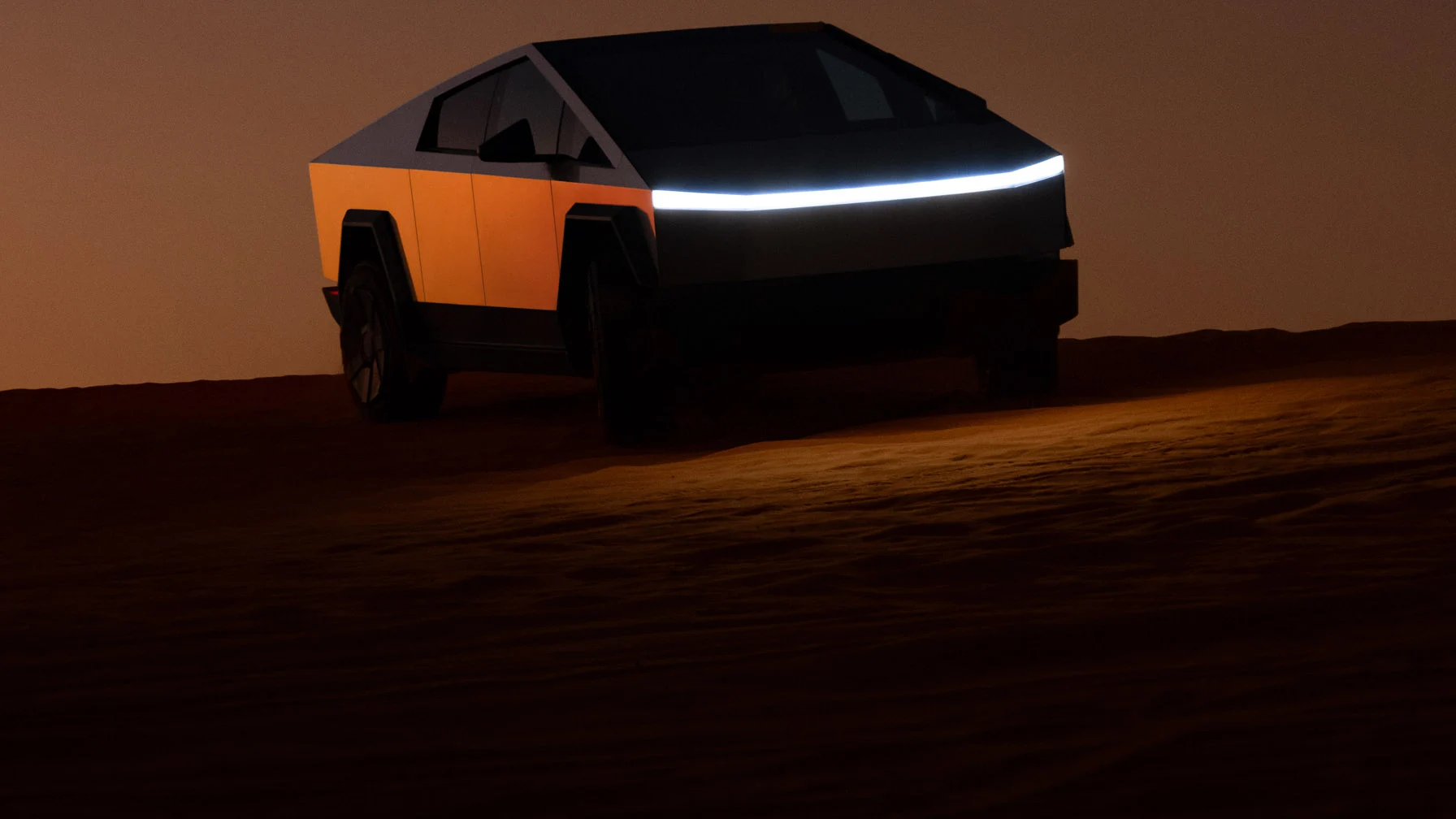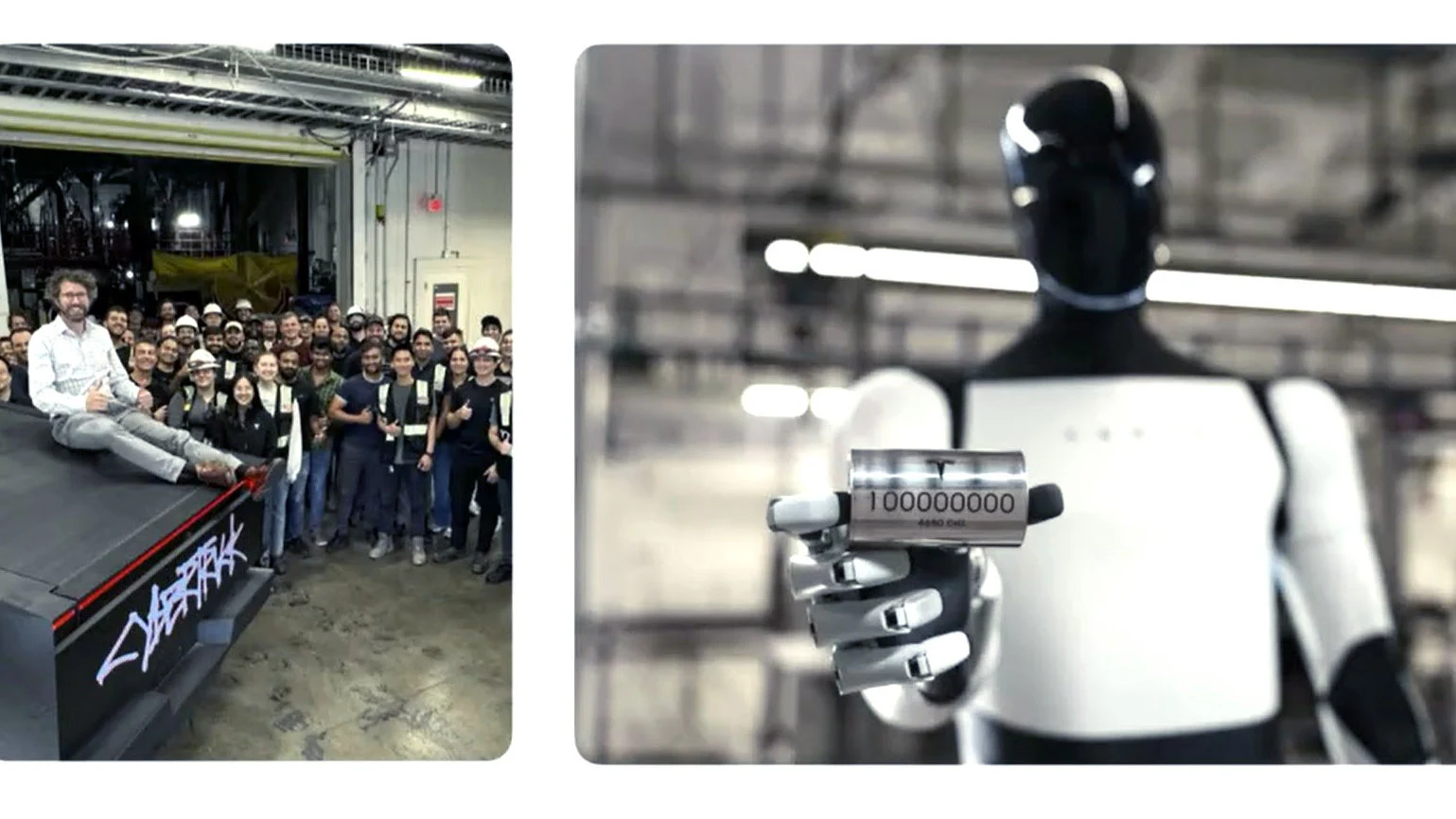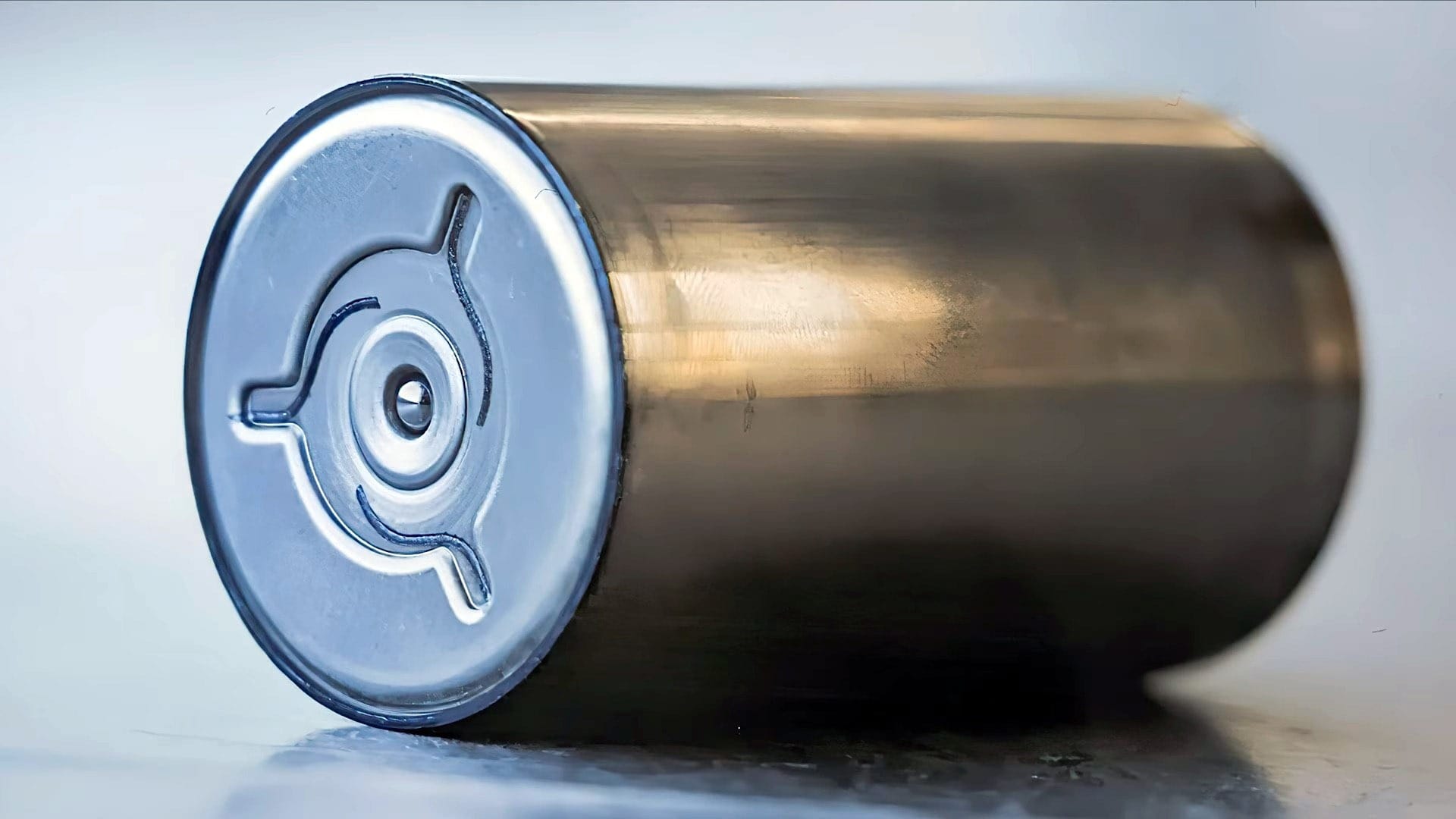Key Takeaways
1. Tesla achieved a record production of 4680 batteries and reached the lowest cost per kWh for these cells.
2. Tesla considered abandoning the 4680 battery project due to production cost concerns but is now preparing for mass production with a new dry cathode method.
3. Competition is increasing, with LG building a 4680 battery plant in Arizona that will support both Tesla and other automakers.
4. LG secured a contract to supply over 10 GWh of 4680 batteries annually to a traditional US automaker, highlighting its expanding role in the market.
5. LG’s 4680 cells may outperform Tesla’s, especially given Tesla’s reported thermal efficiency challenges affecting the Cybertruck’s charging.
At the recent all-hands meeting, Elon Musk proudly announced that Tesla has achieved a record production of 4680 batteries and has reached the lowest cost per kWh for these cells.
It wasn’t clear if he was referring to global figures or just the US, as he previously mentioned that Tesla aims to manufacture the 4680 battery as the least expensive cells in America. At that moment, he likely factored in the federal tax credit, which provides a subsidy of up to $45/kWh for battery packs made in the US.
Tesla’s Doubts and Progress
Just a few quarters ago, Tesla was uncertain about reaching this milestone and even considered abandoning the 4680 battery project if it couldn’t produce the cells more cheaply than suppliers like Panasonic and LG. Now, with the potential mastery of a more affordable dry cathode production method, the company is gearing up for mass production and plans to continue with the 4680 design. However, this doesn’t mean they won’t face competition.
Competition Heating Up
For example, LG is constructing a 4680 battery plant in Arizona that is set to become operational next year. This facility will complement Tesla’s 4680 production for vehicles such as the Cybertruck, Cybercab, and even a refreshed Model Y down the line. However, Tesla won’t be the only one benefiting from LG’s factory; it is expected to produce a total annual output of 53 GWh, with 36 GWh allocated for 4680-style batteries and the rest likely for LFP cells designed for energy storage systems.
Rivian has already announced it placed an order with LG for its higher-capacity 4695 cells for the upcoming R2 SUV. Additionally, LG has revealed that they’ve secured a 4680 battery order from a traditional US automaker as well.
LG’s New Contracts
During a recent shareholder meeting, LG Energy Solution President Kim Dong-myung stated that LG has “finalized a contract to supply 46 series cylindrical batteries worth more than 10 GWh per year for multiple years through our Arizona corporation in the United States.”
He highlighted that the most intriguing aspect of the contract is that it involves a legacy US automaker that also produces internal combustion engine (ICE) vehicles, unlike pure electric companies like Tesla or Rivian. The 10+ GWh annual supply represents nearly a third of the planned output for the 46 series batteries from the Arizona facility, surpassing contracts with Rivian, Mercedes, Toyota, and others.
It will be interesting to see how much capacity the Arizona factory will allocate for Tesla, but even more compelling will be whether LG’s 4680 cells, which include advancements in cold weather cathode technology, outperform Tesla’s own cells. The Tesla 4680 battery has been reported to have thermal efficiency challenges, which have affected the charging curve of the Cybertruck.
Source:
Link




